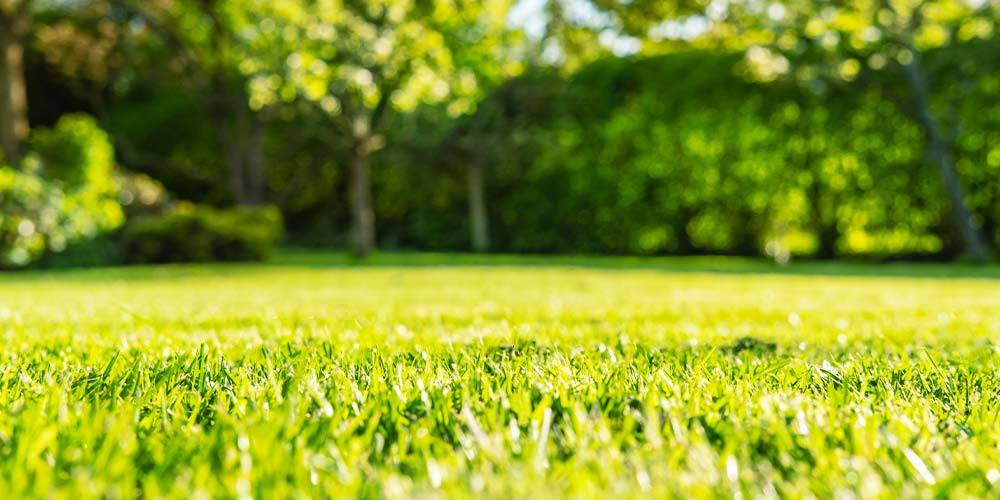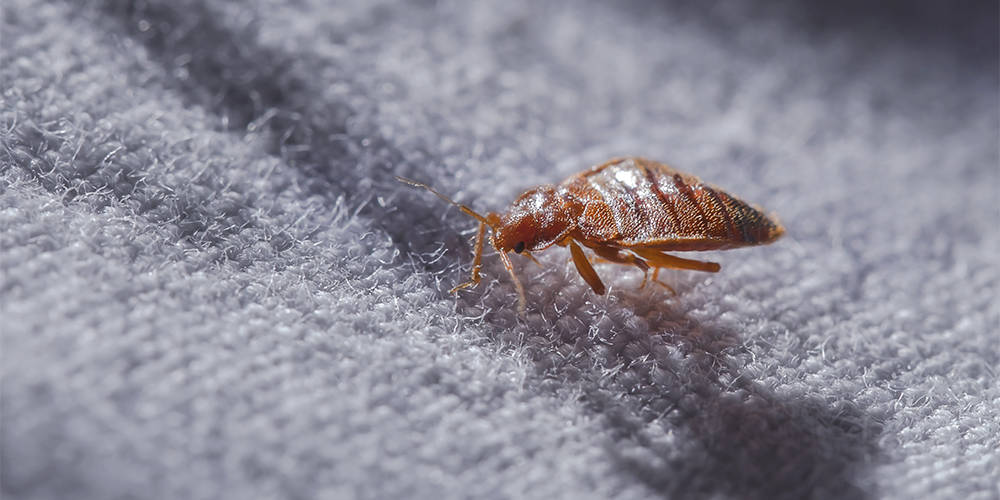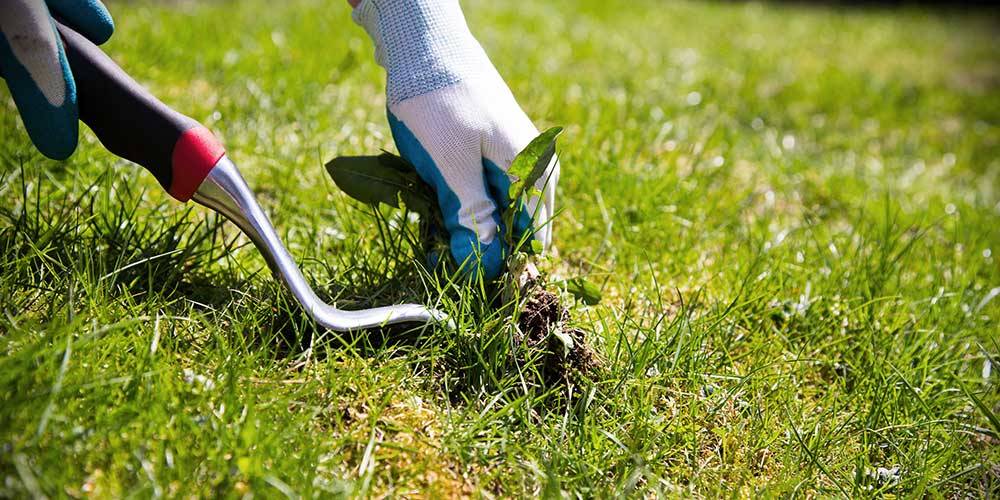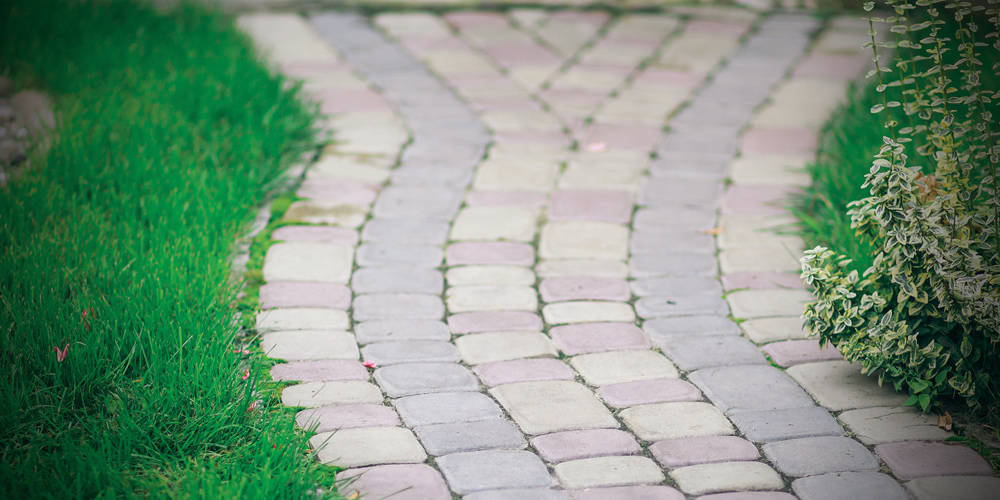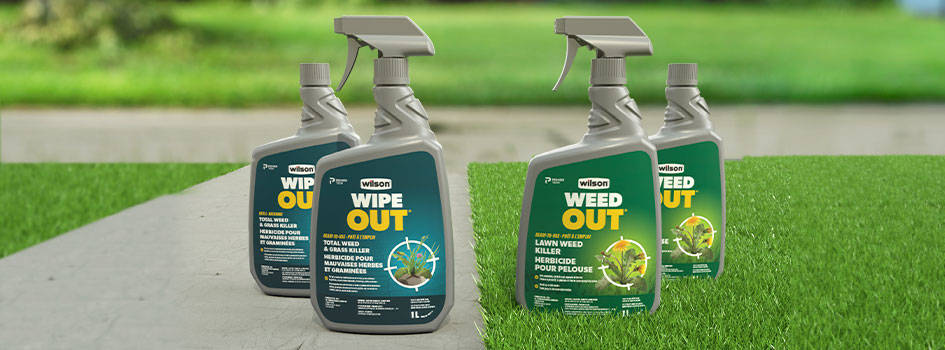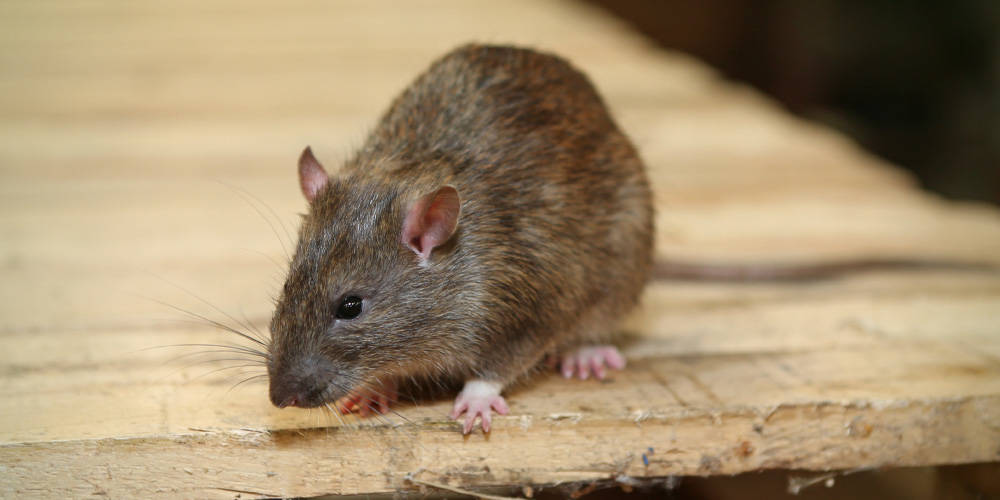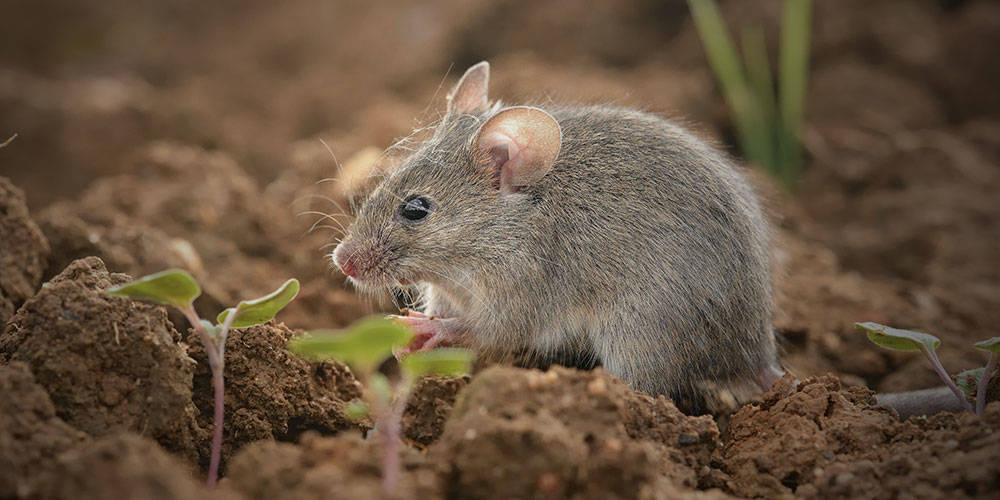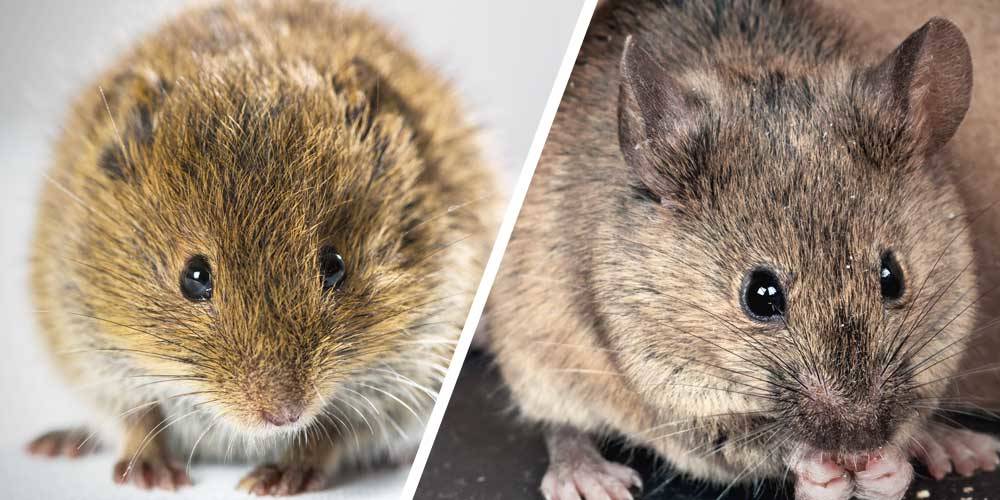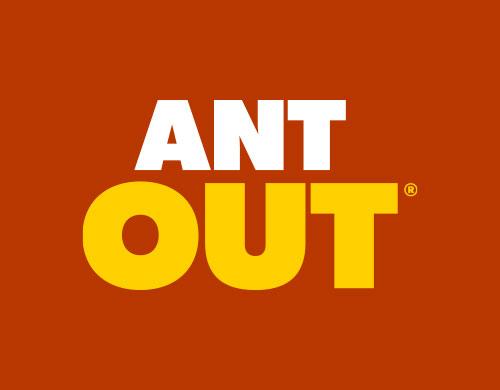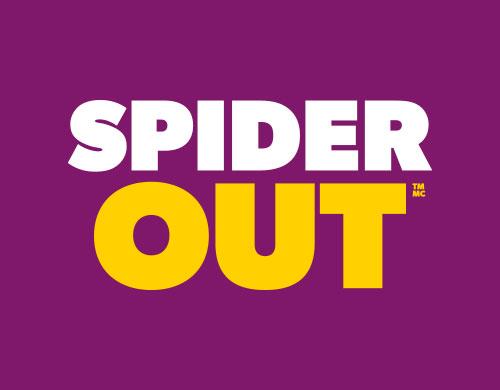How to get rid of wasps
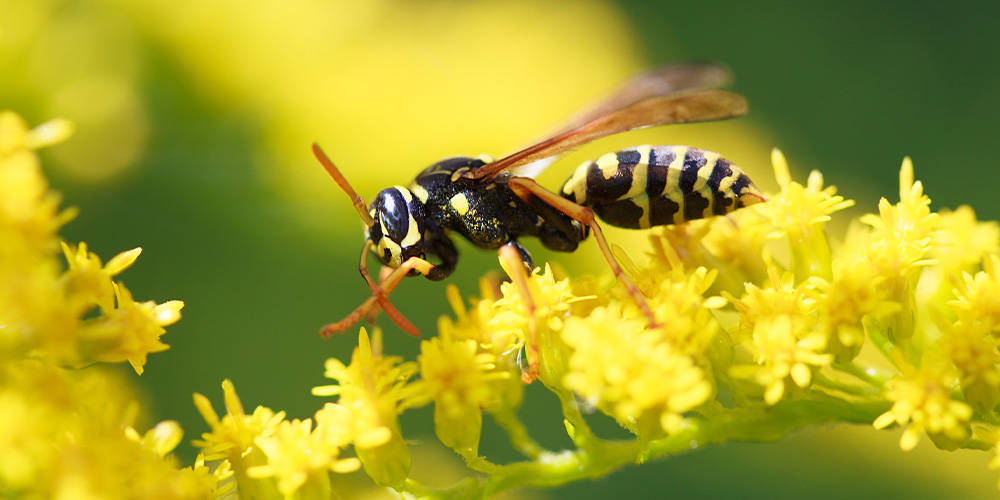
It’s mid to late summer, and you are trying to enjoy a nice BBQ on the deck with friends or family, when out of nowhere, these wasps appear. They buzz around, particularly checking on your food and drinks, and in doing so, they scare you and your guests with their capacity to sting and ruin the occasion.
What is the difference between a hornet and a wasp?
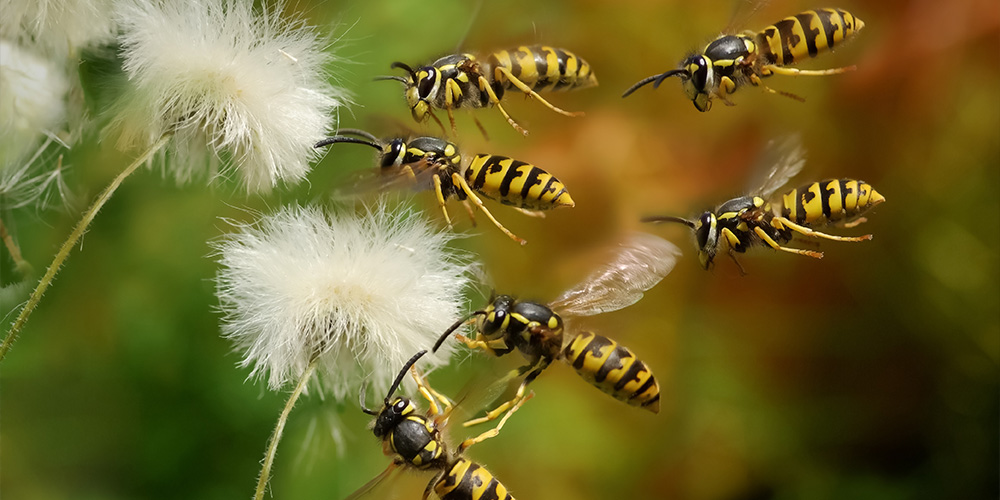
While people complain about bees in the latter part of summer, the main culprits are wasps, especially yellowjackets and bald-faced hornets. Bees, including the honeybee and bumblebee, gather pollen to feed their young, and their bodies are hairy. They need the hairy body to help in collecting the pollen.
Wasps have smooth, hairless bodies, and they mostly capture live insects to feed their young. Hornets are really part of the wasp family, only bigger.
Do wasps leave stingers in you?
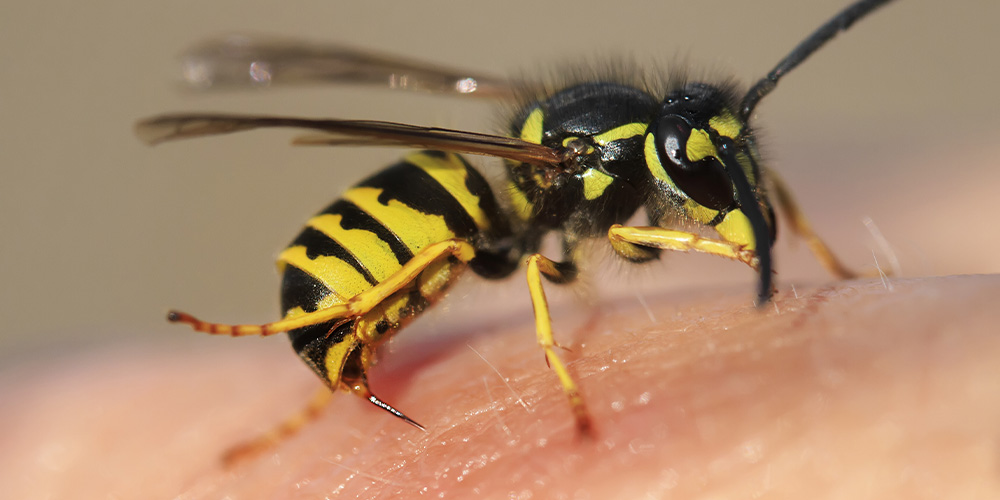
When a bee stings, its barbed stinger stays in your skin and the loss of it causes the bee to die. A wasp, however, does not lose its stinger and can sting you many times without harming itself.
The most common wasps
The most common wasps in Canada are paper wasps, yellowjackets, bald-faced hornets and mud-dauber wasps.
- Paper wasps make a nest from a papery pulp made of chewed-up wood fibres and saliva. They make hexagonal cells shaped like an umbrella, hanging from trees and any soffits, or anything solid that can hold a nest. The nest usually holds between 15 and 200 wasps. They are not as aggressive as yellowjackets or bald-faced hornets but will attack if you get too close to their nest.
- Yellowjackets and bald-faced hornets may have aerial nests, but they also make nests below ground in old rodent cavities, in hollow logs, in building voids. Their nests grow much larger and can have many thousands of wasps. They are very territorial and will aggressively attack if they feel threatened. They sting repeatedly and their stings hurt.
- Mud-daubers are the most passive and least harmful. Not a colony wasp, but a solitary one. It builds tubular, single mud nests on walls. They lay an egg, stuff some insects in the tube and seal it. The larva grows inside the mud tube and feeds on the dead insects, until it emerges as an adult.
Why are there so many wasps in summer?
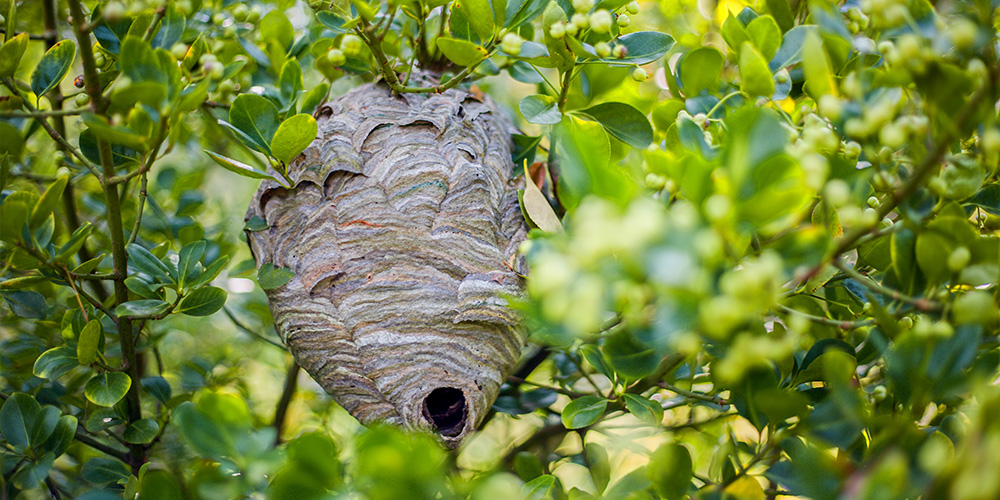
Colony wasps raise successive broods all season long, increasing the size and population of their nests as the season progresses. By the end of the summer, their nests can be quite large, each holding from dozens to hundreds and even thousands of wasps.
As the population is booming, these wasps fly around, foraging for food, including food that people enjoy. People attract wasps.
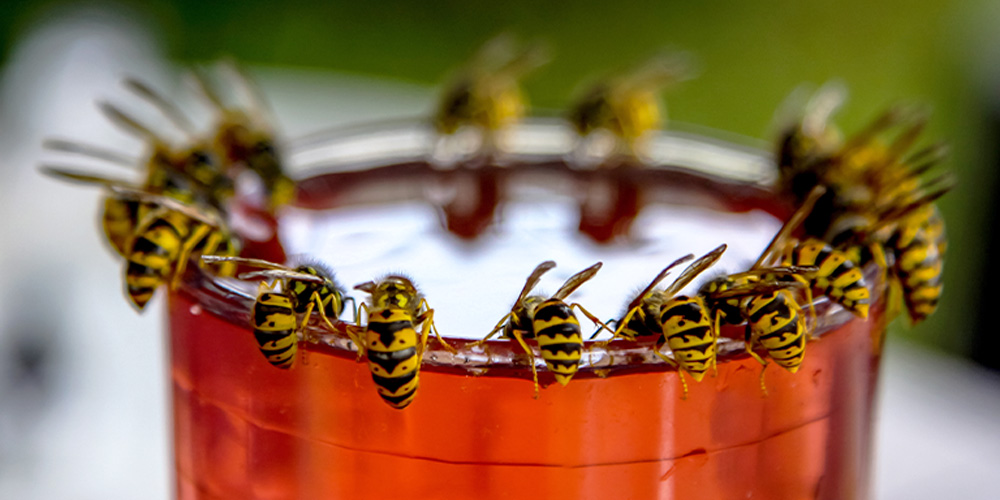
An open drink on a warm day is an invitation. So is an open garbage can. You can often see wasps congregating around garbage/litter boxes, as they are attracted to sweets and leftover foods. Adult wasps and hornets eat nectar, other sugary substances and live insects.
As summer progresses, the queen begins to lay fewer eggs. At this point, the average age of the colony is older, and wasps and hornets begin to forage more heavily for themselves, and no longer for the colony. This is the time when they become a nuisance to people.
How long is the life cycle of a wasp?
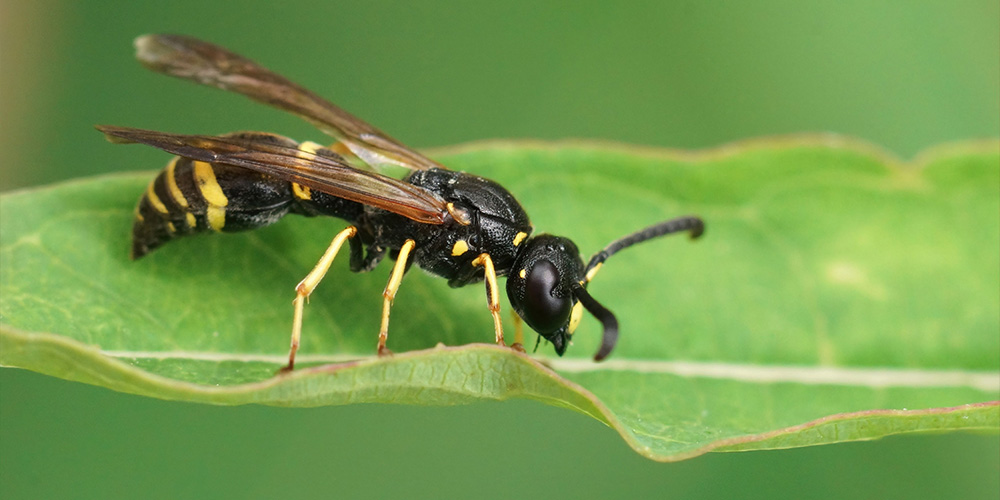
These colony nests typically only last the spring and summer and are not used again. The entire colony dies off in the fall, except for the bred females. If you see a paper nest hanging from last year, or a mud nest on a wall, consider them abandoned. No wasps will return there.
As spring begins, females that mated the previous fall will emerge from their solo overwintering shelter, and go in search of a suitable nesting site. Once a site is found, the queen begins to build a small nest by herself.
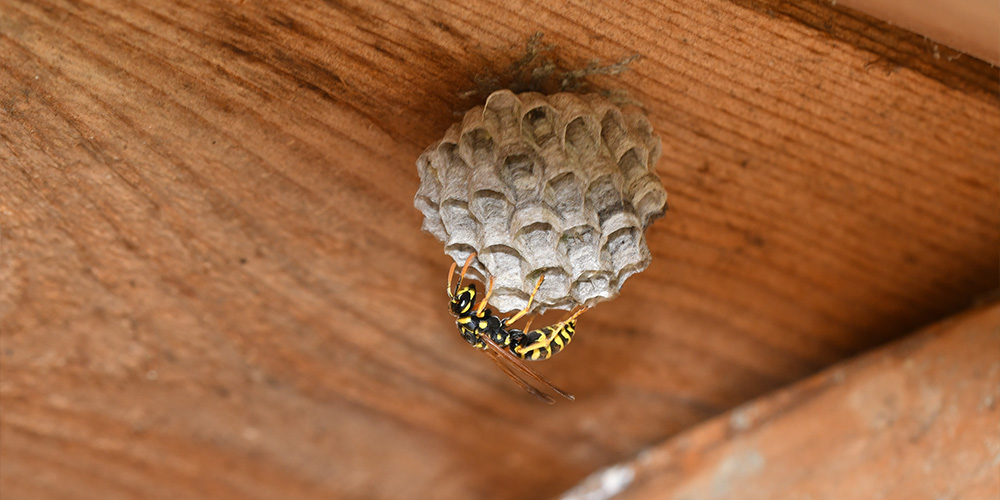
She begins laying some of her previously fertilized eggs in the cells of her small nest, which will hatch into larvae. The queen sources nectar and pollen and hunts for insects such as caterpillars, flies, grasshoppers, crickets and even other wasps. She kills the insects, chews them up and brings the slurry back to the nest to feed the larvae.
The larvae are grub-like. Once they reach their full larval size, they make a silk cap for their cells and go into the pupate form.
Going from egg to larva and from pupa to adult takes about 4-6 weeks. That’s when the first adult workers emerge from the nest. The queen is now staying in the nest full time and her role is solely to lay eggs. These new workers are sterile females, and their job is to enlarge the nest and look after the subsequent and expanding broods of eggs and larvae.
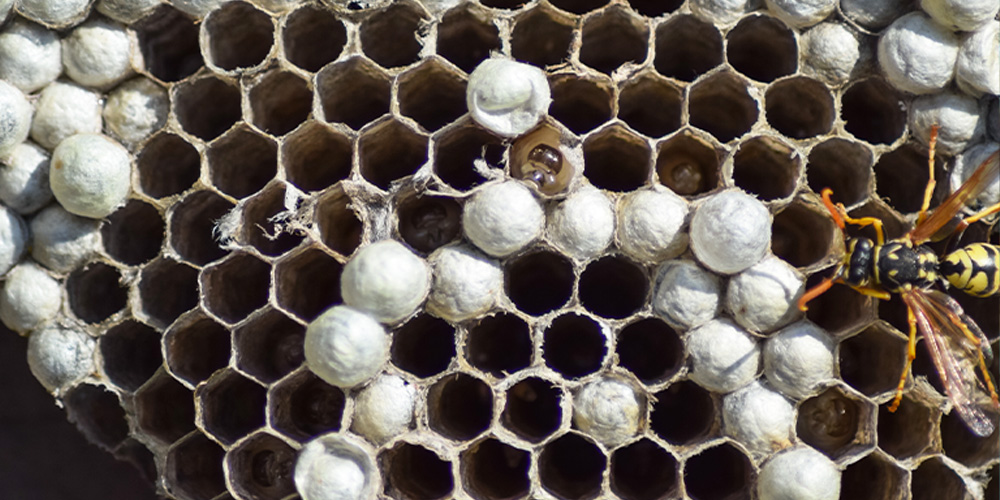
Near the summer’s end, the queen lays the eggs which will become the following year’s queens and also lays unfertilized eggs, which mature into males. At this time, fertile females and males leave the nest to breed.
The original queen perishes after one season. After mating, the males die, and the fertilized females find a sheltered place (under tree bark, in building crevices or burrows) to hibernate through the winter.
As cold weather sets in, the rest of the colony dies.
What happens if I get stung by a wasp?
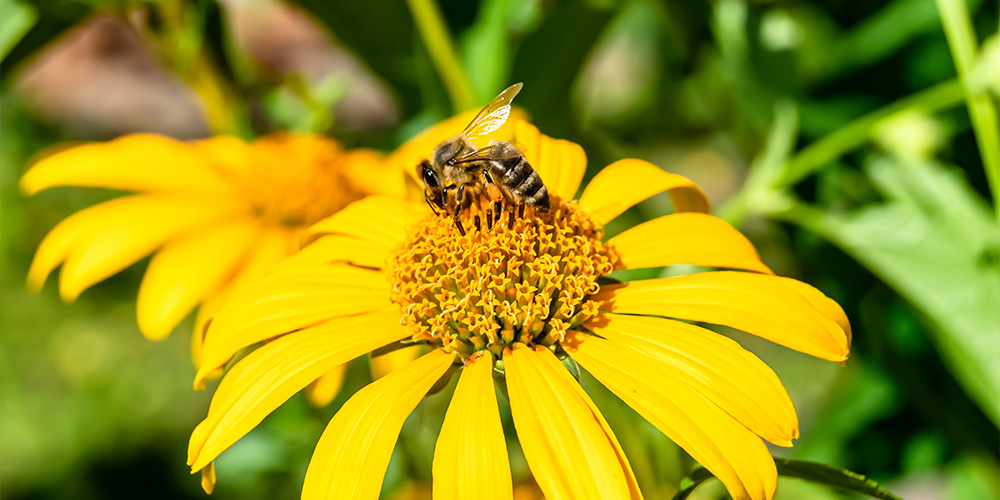
Most wasp species are not aggressive. Many species of parasitic wasps prey only on other insects. Even the large solitary wasps, such as the mud-dauber wasp that builds tubular mud nests, do not defend their nests and will only sting if handled. All bees and wasps are beneficial: they pollinate plants and wasps feed on many pest insects. Control of bees and wasps should only be undertaken when there is a threat of stinging.
Stings from bees and wasps can be life-threatening to people who are allergic to the venom. Allergic reactions can be the appearance of hives, difficulty breathing or swallowing, and wheezing or similar symptoms. These are serious and you need to seek medical attention immediately. Itching, pain and localized swelling can be somewhat reduced with antihistamines and a cold compress.
How do I get rid of a wasp nest?
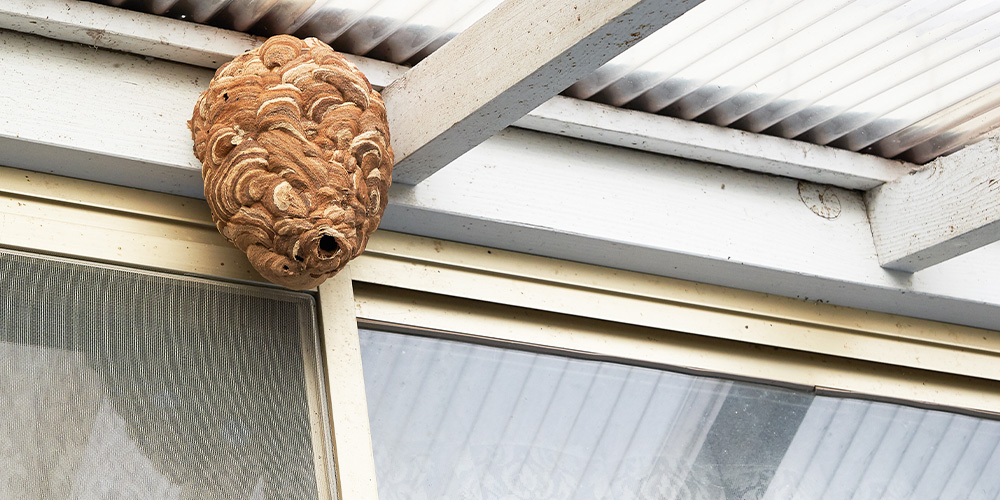
If the location of the nest is out of the way, you could ignore it. However, if it is located in a high-traffic area, like sidewalks and doorways, the nest must be destroyed. Use only a pesticide that is designed for wasps and hornets. These types of products come in both straight spray and foam formats.
They are designed for an instant kill. Don’t use any flying insect spray, as they are not designed for instant kill, and you may find yourself running away to escape the angry horde of wasps chasing you.
Wilson WASP OUT Jet Foam Wasp & Hornet Killer is best for this use. The foaming spray will quickly envelop the entire nest and block the wasps’ escape. Spray the nest at sunrise or sunset when insects are all back in for the night and are least active.
Should I get rid of solitary wasps?
This is more difficult to do. Use a non-foam product such as Wilson WASP OUT Wasp & Hornet Killer to spray individual wasps as they appear.
However, your best strategy is to minimize attracting them: don’t put food and drinks out ahead of time, and promptly put food away when done. Clean up when you’re finished.
Placing wasp traps works to some extent. Place them away from your living areas.
You should note that traps work best in the early spring to try to capture the emerging queen before she builds her nest.
